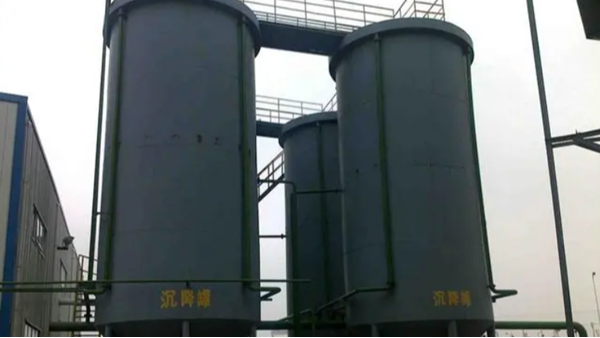In today’s high-tech era of industrial production, higher requirements have been put forward for the storage and monitoring of corrosive liquids.
Especially when acidic substances are involved, due to their strong corrosiveness to traditional materials such as metals, extremely accurate and reliable level measurement technology is required to ensure safety and efficiency.
Under such challenges, radar level meters play a key role in the liquid level monitoring of acid settling tanks with their non-contact measurement and high accuracy.

Many chemical processes, especially those involving the burning of sulfur or the smelting of metals, produce large amounts of acid gases.
These gases are captured through scrubbing or other chemical treatments and ultimately stored in purpose-built acid settling tanks. Due to the corrosive effects of acids on metals and other materials, it is critical to monitor the acid levels in these tanks to ensure safety and efficiency.
Radar level gauges use microwave signals to measure liquid levels. It emits a microwave pulse and receives the echo, and calculates the material level based on the time it takes for the echo to return.
Unlike traditional float or pressure sensors, radar level gauges do not require direct contact with the medium being measured and therefore are not affected by corrosion. This feature makes it ideal for measuring corrosive liquids.

There are several key factors to consider when applying radar level gauging in acid settling tanks. The first thing is to choose the right frequency. High-frequency radar level meters and frequency-modulated radar level meters can provide finer resolution and are suitable for occasions with high accuracy requirements.
The second is the installation location. In order to ensure accurate measurement, the level meter should be installed in a location without obstacles on the tank to avoid signal interference.
In addition, due to the possible presence of foam, vapor or other interference factors in the acid settling tank, the radar level gauge needs to be properly adjusted and optimized. For example, by adjusting the signal’s penetration and sensitivity, you can reduce the occurrence of false readings.
At the same time, the use of advanced signal processing algorithms can further improve the accuracy and reliability of measurements. In practical applications, the introduction of radar level meters has significantly improved the efficiency and safety of level monitoring in acid settling tanks.
Operators can monitor the acid level in real time and adjust the production process in time to avoid overflow or shortage. In addition, overall operating costs are reduced by reducing the need for manual inspection and maintenance.

In summary, the application of radar level meters in acid settling tanks reflects the advancement and accuracy of modern measurement technology.
It not only ensures the safe operation of industrial processes, but also contributes to environmental protection.
With the continuous advancement of technology, we can foresee that radar level meters will demonstrate their unique value in more fields and bring more possibilities to industrial measurement.
